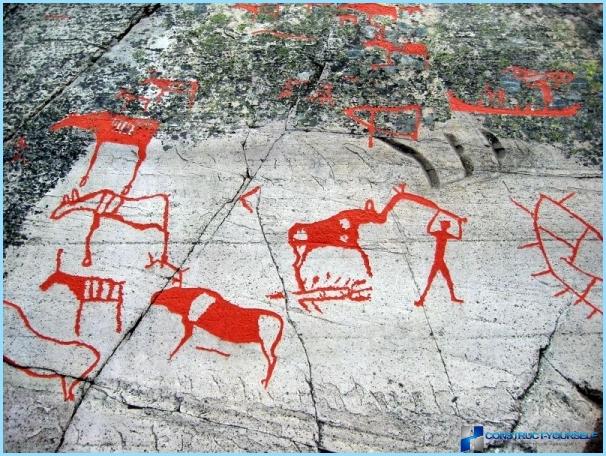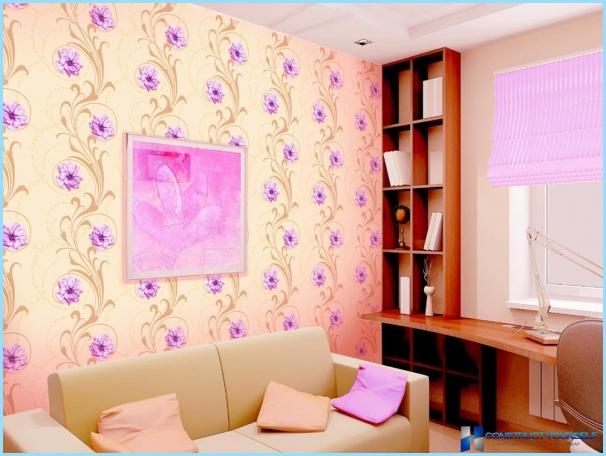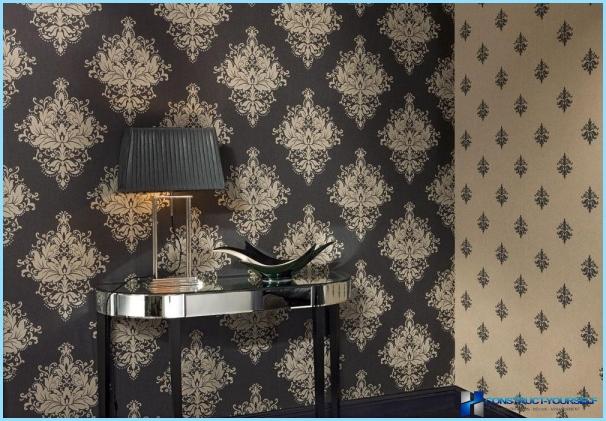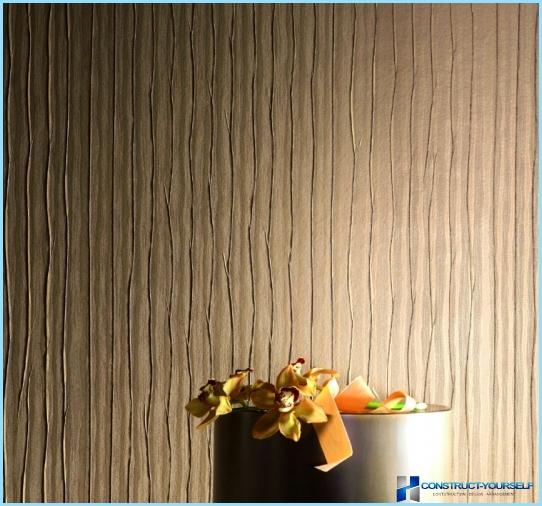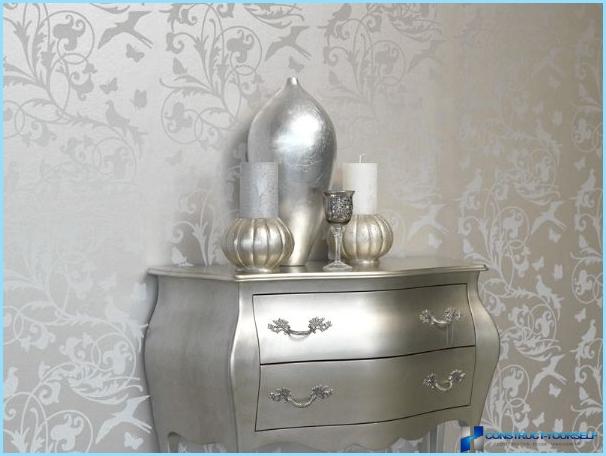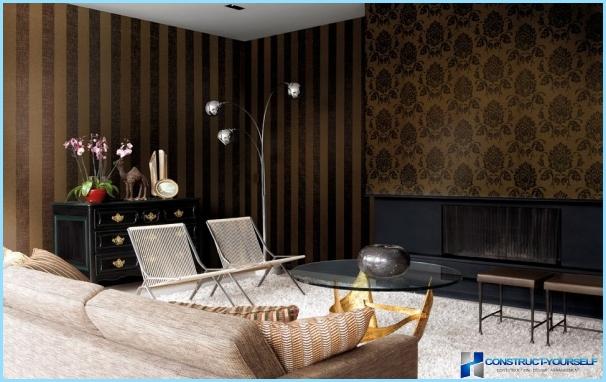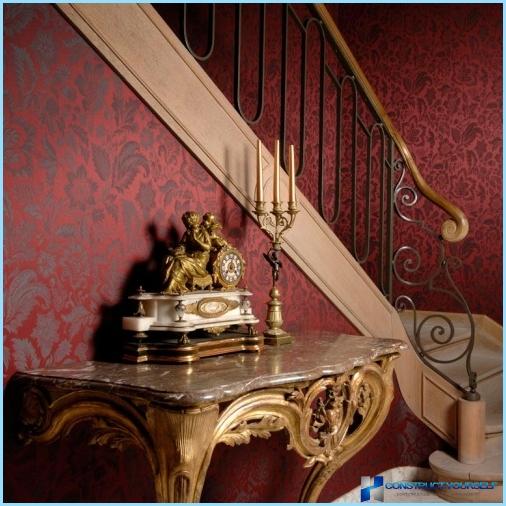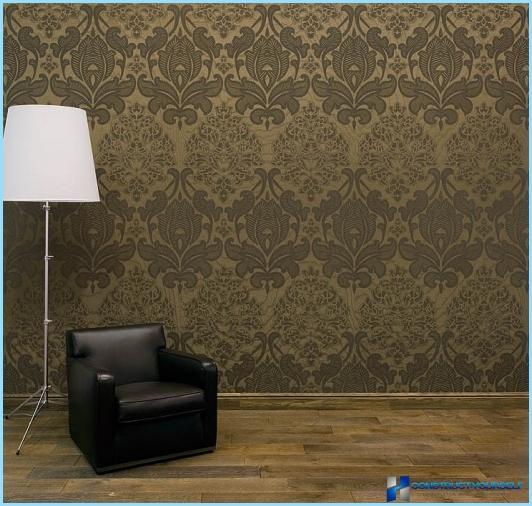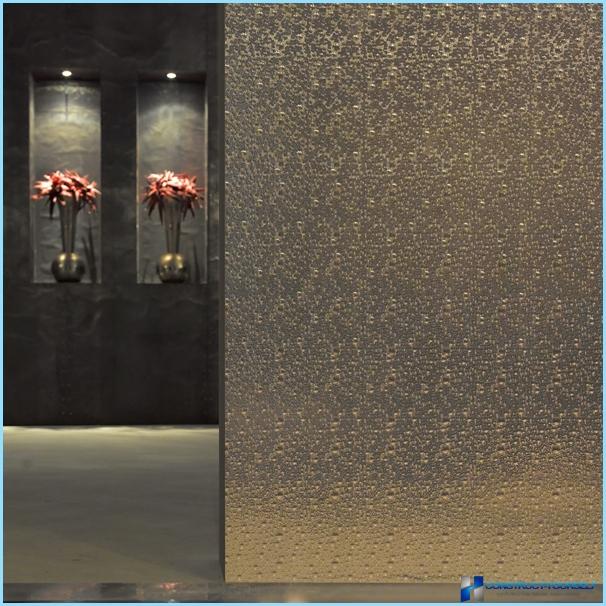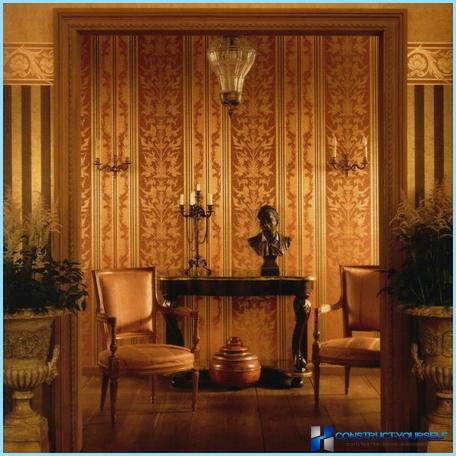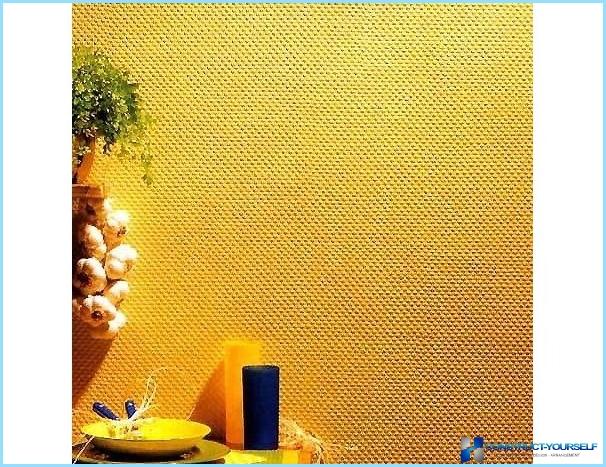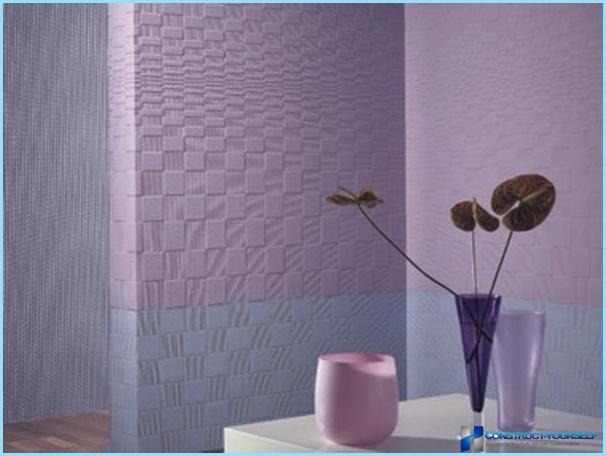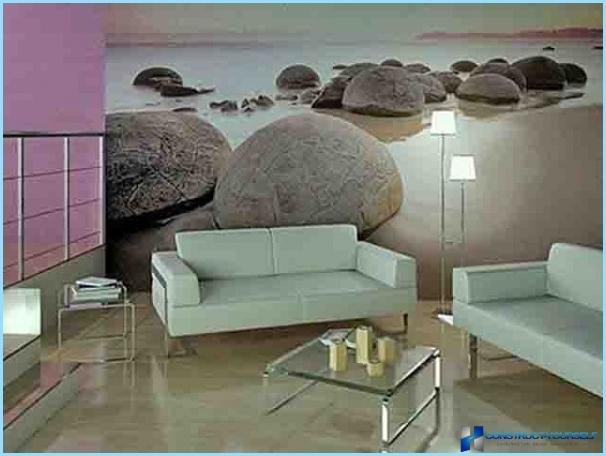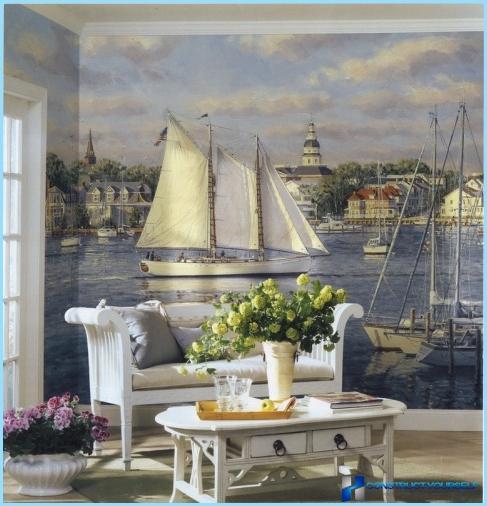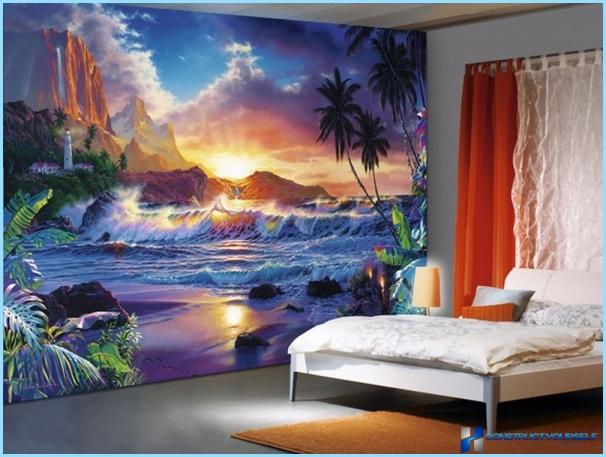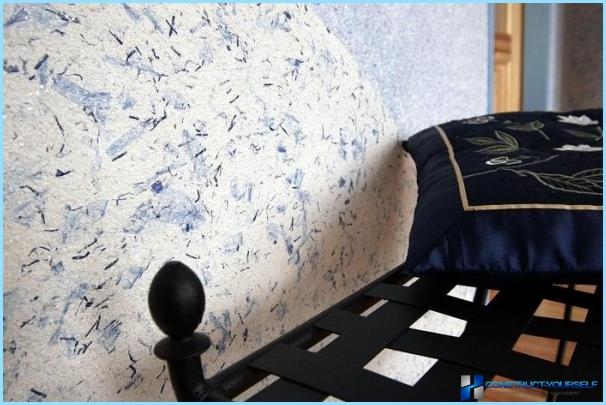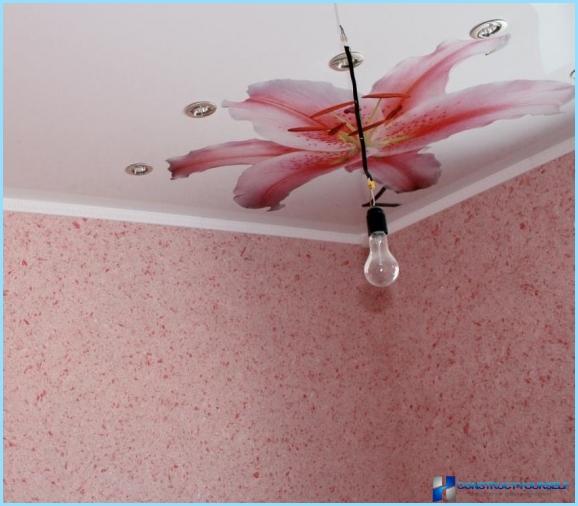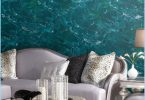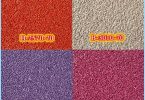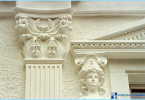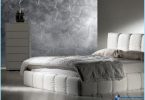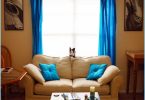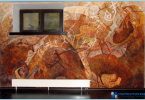The man always had an inherent desire to decorate your home. The first dwellings were caves, and people began to decorate their walls with drawings. I must admit that did the primitive cave artists skillfully and preserved in some caves cave paintings to prove it. You can certainly complain that the subjects had problems, more about hunting, but about the war. What to do in that era, the design of dwellings lay on men.
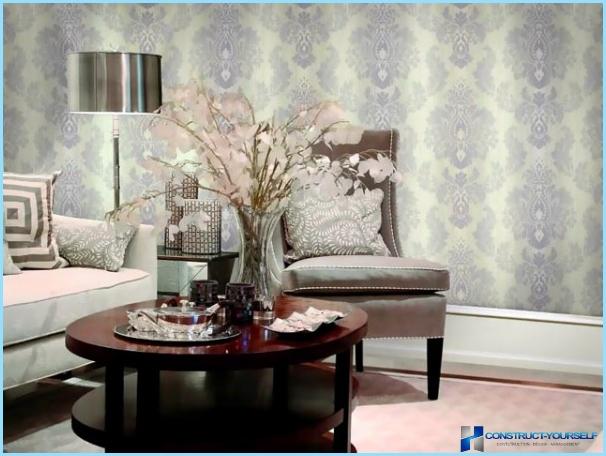
The producers felt that paper – it is not the top of their creative ideas, and began to master the production of a roll of wall materials from natural materials: bamboo, cork, and also on the basis that mimics leather, wood, stone. So from what mankind has gone to and returned – from cave drawings to the Wallpaper on the material, like stone.
Briefly about some types of Wallpaper and their use ↑
Wallpaper remain the most popular finishing material. They are easy to gluing, a variety of quality and design, affordable. However, each type has its peculiarities:
- Paper. Still out of competition because of their diverse product range, good durability and environmental cleanliness (well-breathable, «breathe»), low price. Divided by the number of layers in single layer (simplex), double layered (duplex) and three-layer (triplex). In addition to the differences in the number of layers of paper, are smooth, embossed and textured, patterned and without it. There are the wall-paper under painting or under coating water proofing compound. Can be used in virtually any room, however it is not recommended to glue them in rooms with high humidity (bathrooms, kitchens). During the period of his service do not lose their appearance. Usually change them every 5 years.
- Vinyl. The layer of foamed polyvinyl or liquid is applied to paper or nonwoven basis. Can simulate any raised surface: Cagnes, leather, stone, wood and Venetian plaster. Such Wallpapers are applied to the drawings and designs. Silk Wallpaper in the upper layer contain silk threads and give the impression that the surface is decorated with silk. Different strength, resistance to sunlight, moisture and elasticity. However, because of their air tightness are not used in children’s rooms and bedrooms. They can be glued in the living rooms, corridors, hallways, kitchens, bathrooms.
- Non-woven backing. Manufactured using nonwoven – nonwoven material consisting of cellulose fibres and textiles. Fiber binds into a single unit polymeric material does not change its dimensions under the influence of moisture. This is different from vinyl Wallpaper. Environmentally friendly, durable, with good sound insulation properties. Have a deep embossed pattern on their surface beautifully refract the sun’s rays. In different lighting the color of the Wallpaper changes. When gluing, the adhesive is applied only on the wall surface. You can glue them to almost any surface. Non-woven Wallpaper fine close cavities in the surface of the wall. Many types of non-woven Wallpaper for painting are produced by using a latex or emulsion paint. Painting is usually done after gluing. You can use them in any room.
- Textile. Distinguish between textile Wallpaper fabric and Wallpaper in the manufacture of which textile yarn is applied to non-woven or paper base. Has good heat and sound insulation properties, excellent permeability of air. Resistant to direct sunlight. Produced under the order seamless Wallpaper that you can glue all the walls without joints. Sticky requires professional skills. The difficulty with hanging is one of their main flaws, along with the high price. Glue them in the offices, living rooms, bedrooms. Textile wall create the impression of an upholstery of walls with expensive fabric.
- Metallized. In their manufacture on a layer of porous paper is applied a thin layer of aluminum foil. On top of the foil is covered with a flexible layer of paint, this paint does not need to conduct electricity. The layer of paint is applied to the drawing or stamping. The original purpose – to protect the premises from electromagnetic influence from the outside. Now, in addition to its main task, and perform a decorative function.
- Fiberglass. This wallcovering is made of fiberglass. Fiber obtained from natural materials (quartz sand, limestone, dolomite, soda) at very high temperatures. Then from fibers formed yarn from which is woven fiberglass. Eco-friendly material, fireproof, very durable. Service life can reach several decades. Usually glued for further painting. Predominantly used in public, office and industrial premises.
- Wallpapers. This is the Wallpaper in the manufacture of which the image is transferred to virtually any substrate using plotter or offset printing. Gluing them is carried out according to the rules gluing their bases (the mural can be paper, vinyl, non-woven, etc.).
- Liquid. It is a mixture of cotton or cellulose fibers, dyes and special glue. The mixture is mixed in the water according to the instructions and painted on the wall. Antistatic, fireproof. Used for the decoration of residential and office space. The addition of the additional pigments or components can be given a wall surface of almost any color and appearance.
Design Wallpaper for walls ↑
In the first case, they act as protagonist – dominant finishes. All other elements of the interior play the role of extras and their «speech» must be consistent with the background decor Wallpaper.
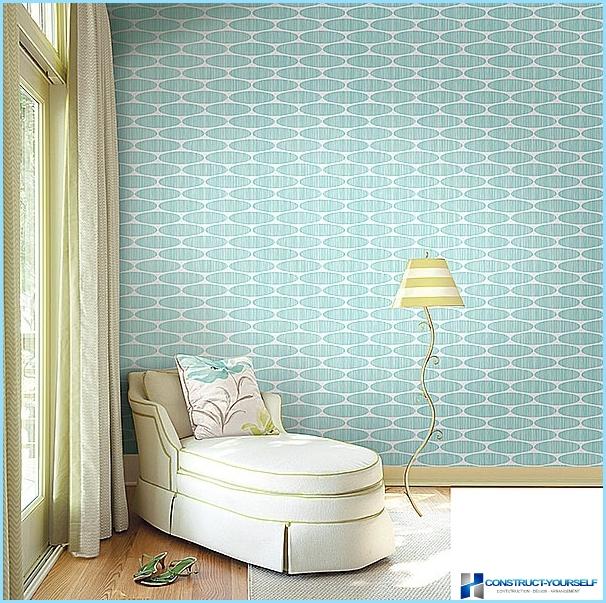
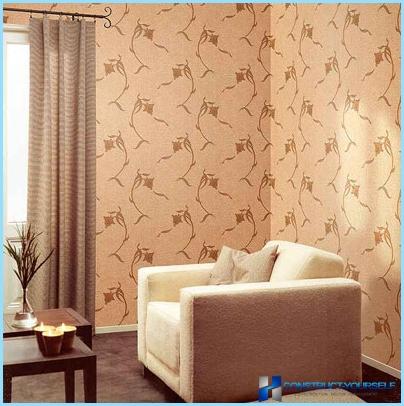
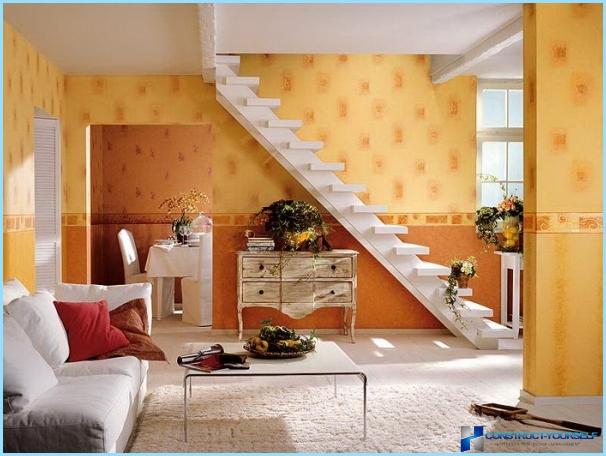
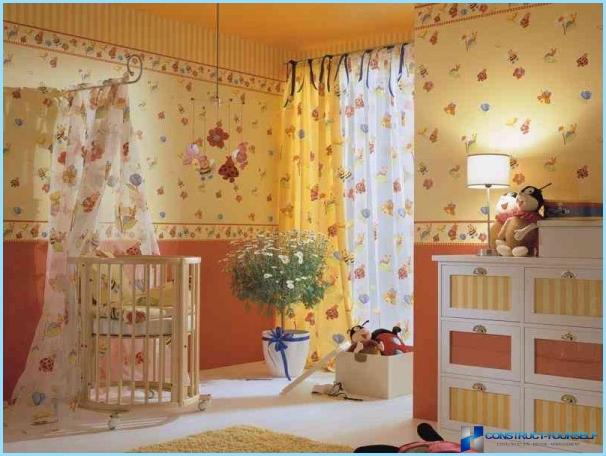
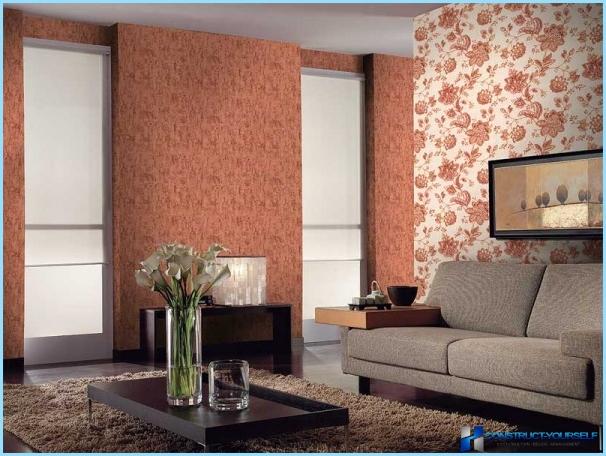
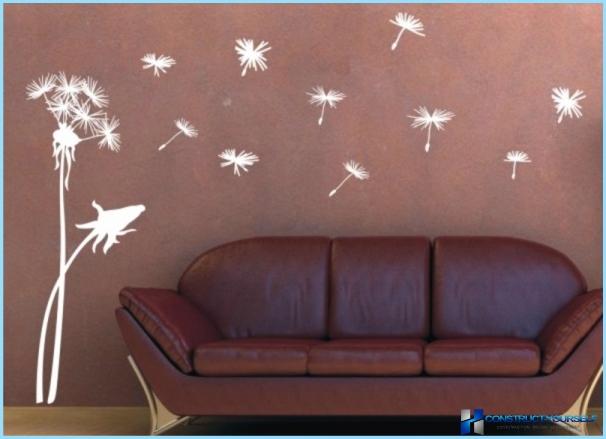
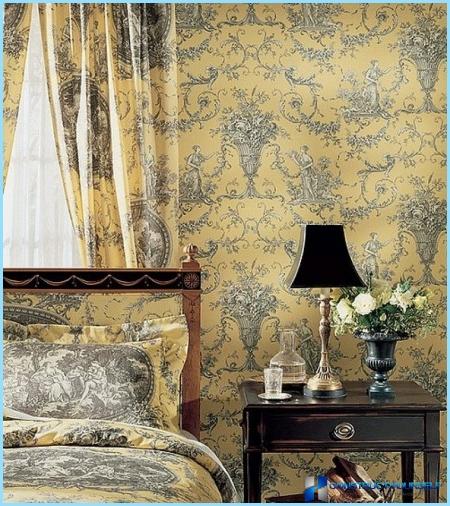
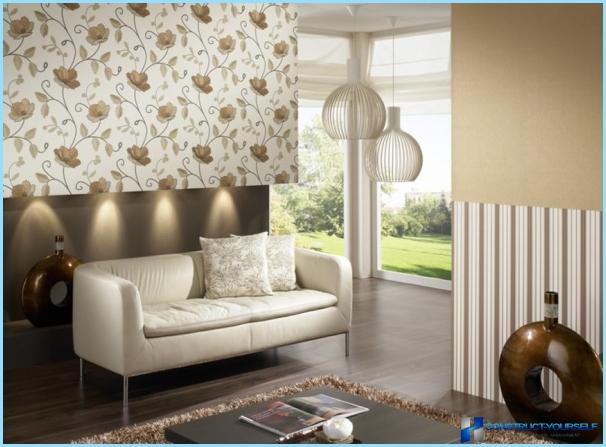
In the second, they are used to create accents to highlight certain areas, niches, wall. Designer highlights – this part of space has a special meaning. Here it is important to keep a sense of proportion to avoid any dissonance in the interior of the premises. Made with their help, the focus should not prevail to prevent the perception of the interior as a whole.
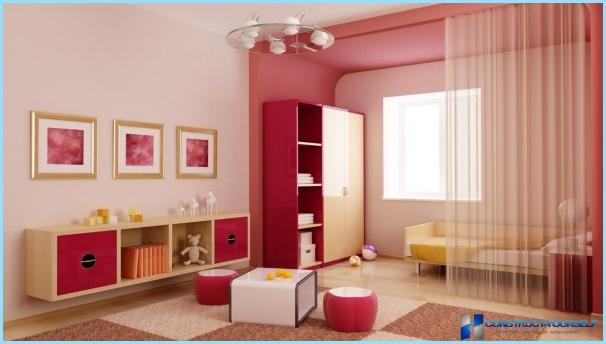
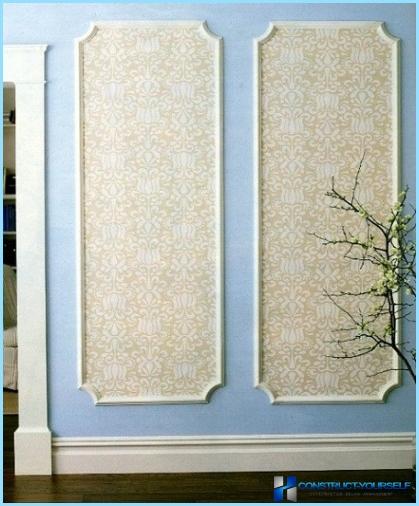
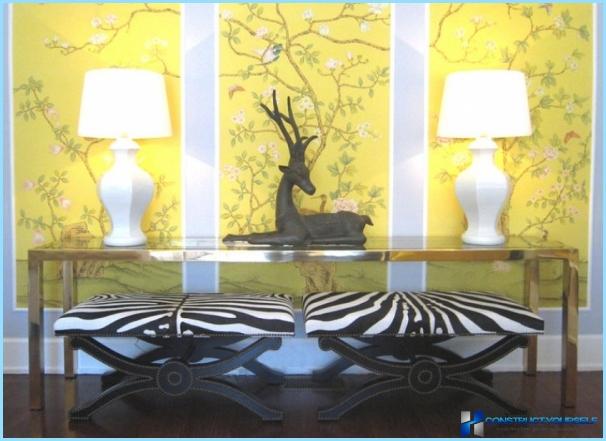
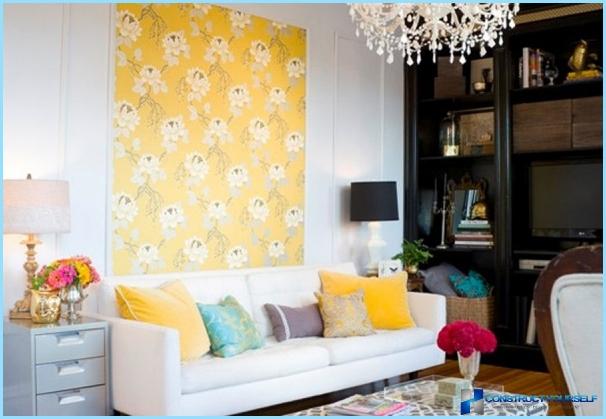
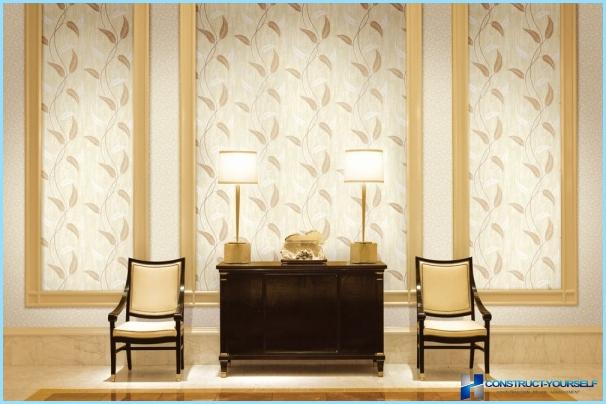
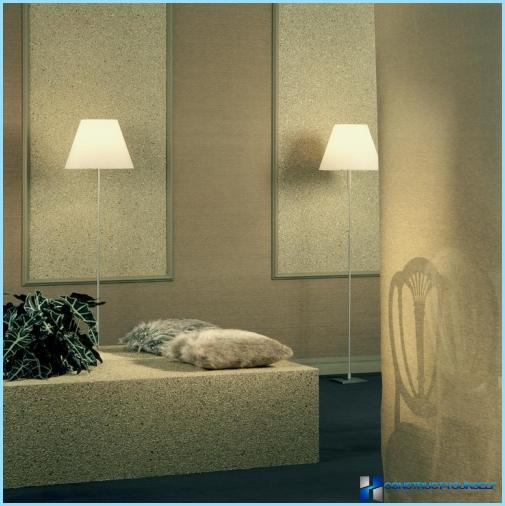
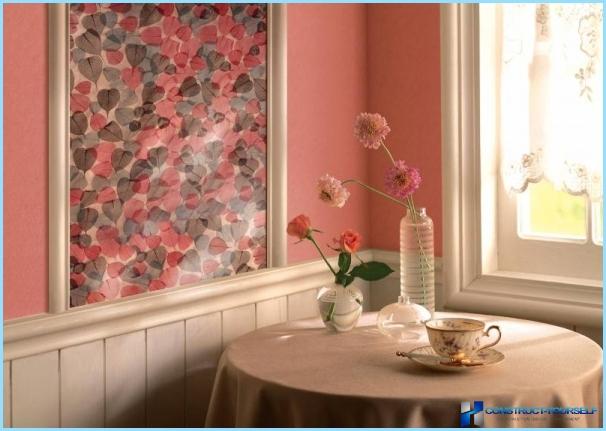
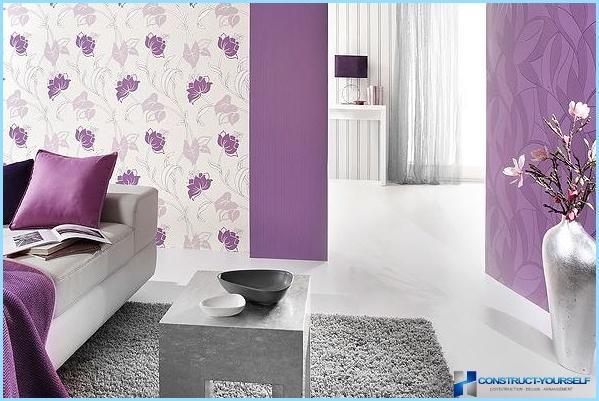
Separately it is necessary to emphasize the need to maintain harmonious proportions between the dimensions of the room and the figure used to decorate Wallpapers. You can’t make a small room Wallpaper with a large pattern.

